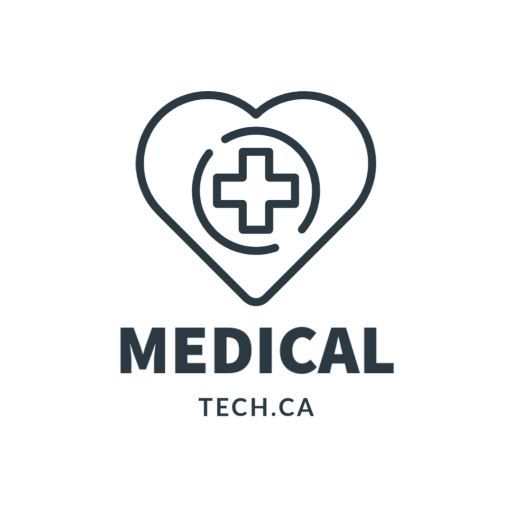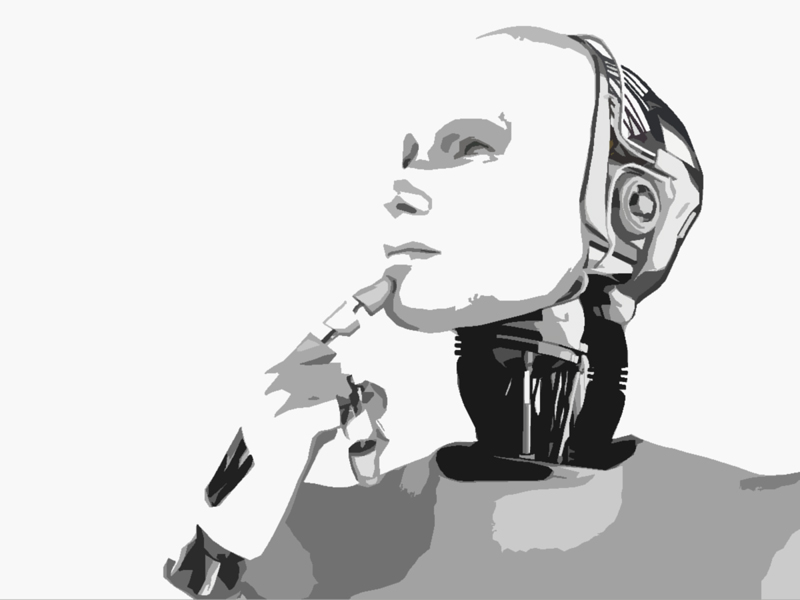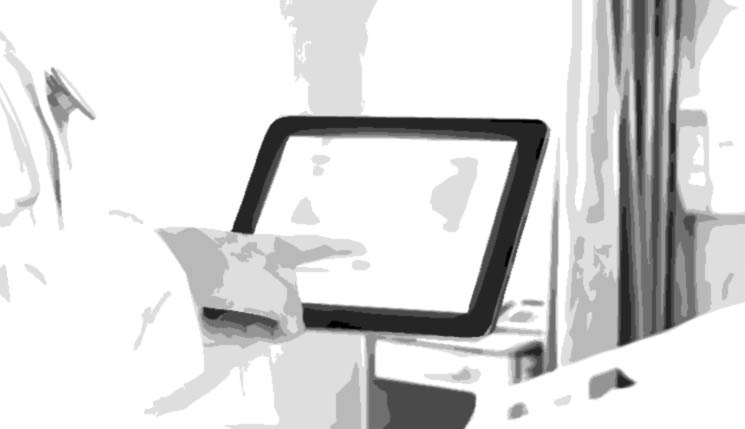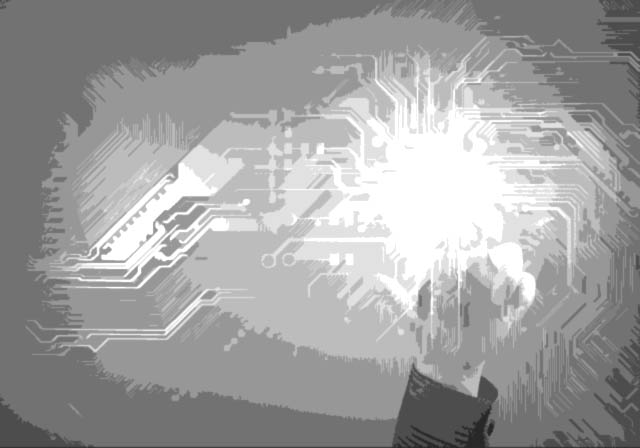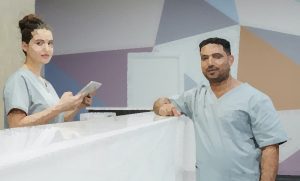
by medicaltechont | Apr 29, 2017 | Uncategorized
Physician S.S. (Sonny) Kohli was volunteering in Haiti after the devastating earthquake there in 2010, and he was treating a woman with chest pains.
“The usual course of action would be to do an EKG [electrocardiogram] and get a picture of her heart. It’s basic technology, relatively inexpensive, but not inexpensive enough for the hospital there.”
That’s when it dawned on him.
“The world needs inexpensive, portable medical technology that can leverage existing infrastructure, like the Internet and smartphones,” says Dr. Kohli, who is an internal medicine specialist and also helps run the intensive care unit at Oakville Trafalgar Memorial Hospital in Southern Ontario.
Today, in addition to his regular medical duties, Dr. Kohli is an innovator – co-founder of a startup called Cloud DX, a spinoff of Mississauga medical tech company Biosign Technologies.
Read more online at http://www.theglobeandmail.com/report-on-business/the-star-trek-tricorder-inspired-this-device/article34661745/

by medicaltechont | Feb 13, 2017 | Healthcare
The rapid advancement of medical technology has contributed to people living longer, healthier lives but consumer and campaign groups say devices should come under more scrutiny before they are used on patients.
Those calling for tighter rules in the EU will get a step closer to their aims when the new Medical Device Regulation (MDR) – due to enter into force in May – will include requiring manufacturers to give more information about devices and making it easier to trace and recall faulty products.
Industry representatives say they agree there should be a tougher legal framework but are wary that adding too much bureaucracy could “block innovation”. Campaigners say they await “the devil in the detail” but don’t believe the MDR has gone far enough.
Read more at https://euobserver.com/health/136825

by medicaltechont | Jan 28, 2017 | Electronic Medical Records
QUESTION: I’ve had the same family doctor for 20 years and I do like her. But my medical records are still on paper and my doctor has no plans to convert to an electronic system. That makes me wonder how up-to-date she is with other medical advances. What could be the hold-up?
Click here to read the answer or more on the subject.
http://health.sunnybrook.ca/navigator/doctors-specialists-electronic-health-records/

by medicaltechont | Jan 14, 2017 | Uncategorized
Technology runs the world — and 2016 was the year to prove it.
The internet and the gadgets it runs on were at the centre of several of the year’s biggest stories, most notably the U.S. presidential election.
From Facebook’s alleged fake news problem and concerns Russian hackers may have targeted the U.S. presidential election, technology was at the helm of America’s political narrative.
But consumers were also subjected to an increasing amount of cyberattacks and hacking scandals, at least one of which drew attention to the danger of web-connected home devices.
Experts warn the year ahead could be even more volatile when it comes to cyberattacks.
Read more at http://globalnews.ca/news/3142862/from-hackers-holding-your-smart-tv-hostage-to-virtual-reality-ads-what-to-expect-from-tech-in-2017/

by medicaltechont | Oct 1, 2016 | Uncategorized
Can you imagine visiting your physician while he or she communicates with a scribe thousands of miles away? Google and Augmedix believe that is the future of medicine, according to The Washington Post.
Augmedix, a San Francisco-based Google Glass startup, uses the pair of glasses and its own medical scribes to enhance the patient-provider relationship.
Approximately 500 physicians in 27 states pay between $1,500 and $4,000 per month to wear Google Glass throughout the day. Attached to the pair of glasses is a small camera, through which a medical scribe can watch an entire appointment and transcribe the patient’s information. If the physician has a patient-related question, the scribe can check the patient’s information and send the physician an answer, which will pop up in the right-hand corner of the glasses.
Click here to read more.

